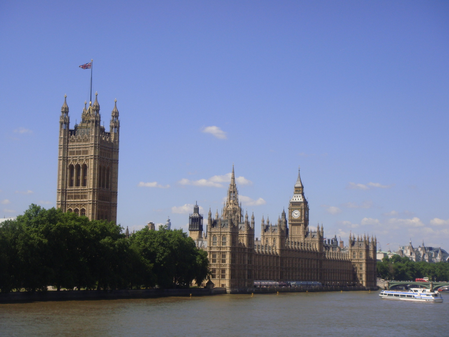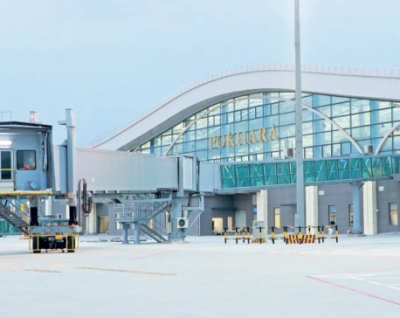
Wellington, Oct 12 (IANS) New Zealand set a 2050 target to cut farm methane emissions by 14-24 per cent from 2017 levels on Sunday, aiming to reduce climate impact without harming agriculture or exports.
Approved by the Cabinet and based on the 2024 Methane Science Review, the move follows extensive consultation with the farming sector.
“We’re delivering a practical, fair pathway that recognises New Zealand agriculture efficiency, protects jobs and production, and upholds our climate commitments,” Agriculture, Trade and Investment Minister Todd McClay said in a statement, Xinhua News Agency reported.
The government reaffirmed its commitment to overall net zero climate goals by 2050, with agriculture continuing to make an important and fair contribution to achieving this reduction, said Climate Change Minister Simon Watts.
Key policy changes include a legislated review of the methane target in 2040, no tax on agricultural methane emissions, and reliance on processor incentives and sector partnerships rather than taxation, said the government statement.
Over NZ$400 million ($230 million US) is being invested by the government with industry to develop methane-cutting technologies, with 11 tools expected by 2030 and the first available from 2026, it said.
The government has also launched an on-farm emissions calculator, McClay said.
On October 8, a report said that the evidence shows rising risks to coasts and communities as New Zealand’s marine environment faces escalating pressures from climate change and human activities.
According to the latest Our Marine Environment 2025 report released by the Ministry for the Environment and the statistics department Stats NZ, as many as 219,000 homes, valued at NZ$180 billion NZ dollars ($103.64 billion), are already in New Zealand’s flood-prone areas.
By 2060, about 1,300 coastal homes could face major damage from extreme weather events, said the three-yearly update on the state of the country’s marine environment.
Warming seas and ocean acidification are affecting fisheries and aquaculture, sectors contributing NZ$1.1 billion ($630 million) directly to Gross Domestic Product and supporting over 14,000 jobs, it said.
Furthermore, 428 non-native marine species had entered New Zealand waters by 2022, with 266 establishing populations, compounding ecosystem stress, it added.
Wetlands, dunes, and native vegetation that help buffer against flooding and erosion are being degraded or replaced, the report showed.
Kathryn Stokes, senior materials scientist at Building Research Association of New Zealand, said that while many Kiwis value living near the ocean, it is important to consider future risks such as rising insurance costs and maintenance challenges linked to sea-level rise.
“We can’t just focus on managing one species at a time or small, isolated areas. Instead, we need to consider climate change and all the different pressures our marine environment is facing at once,” said Shane Geange, a marine advisor at the Department of Conservation.
Geange called for ecosystem-based management approaches to protect New Zealand’s marine environments.
–IANS
int/akl/vd




